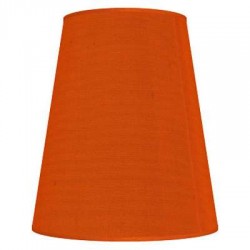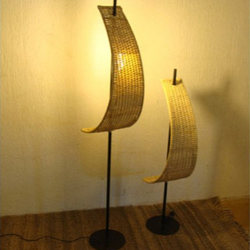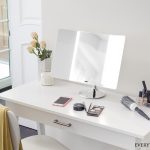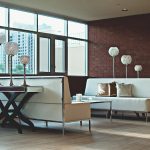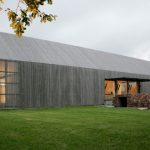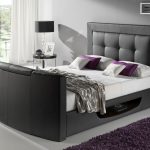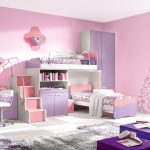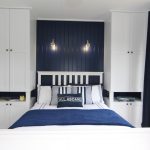A floor lamp is a beautiful addition to any home. Depending on the intention of the designer or owner with its purchase and utilization, a floor lamp can either be a type of middle level lighting to compensate for corners or crannies of a space that cannot be reached by the primary light source, a specialized light source for people who’d want to read or do anything that requires a keener perspective, or just plain decorative lighting. Choosing the lamp shade for your floor lamp would determine what type of function it would serve, and whether it would do that said function admirably or just meh.
Why Lamp Shades for Floor Lamps Are Not Meant as Primary Light Sources
Homeowners that would use floor lamps as the primary light source for their living space either prefer dimly lit areas or have quirky tastes in interior decoration. Using a floor lamp as the primary light source is inadvisable because it is situated at the same general level of people’s fields of vision, as opposed to the light being mounted overhead to provide illumination at a non-blinding and convenient vantage point.
As a primary light source, a floor lamp would not be fitted with a shade because doing so would immediately turn it into a secondary light source. Even without a lamp shade, a floor lamp wouldn’t be able to adequately illuminate a whole room the way ordinary ceiling mounted primary light sources do. It is thus recommended by interior decorators like yours truly to use floor lamps only in conjunction with overhead lighting because it cannot be a primary light source in itself.
The Type of Lamp Shades for Floor Lamps You Would Use
To form part of ambient lighting, a floor lamp must not be too striking or bright. The point of ambient lighting floor lamps is to provide a mood or set a theme with the light being emitted. As such, handmade paper material or other fabric type shades would be perfect for this job. Utilizing such materials would allow the just the appropriate amount of light for that mellow lighting the floor is actually meant for in the first place. The design may either accommodate the light to shine upwards, giving attention to the room and its components, or downwards so that a particular spot or area is given emphasis.
Downward shining lamp shades are also perfect for floor lamps that are meant to provide illumination for reading or other specific tasks, especially when the floor lamp is tall and would provide perfect lighting to those perched underneath. Other styles include cut off shades with holes that allow for the lamp light to cut through. Of course it is not meant to blind people, but it provides for an excellent reading light source and can even be considered as an aesthetically pleasing type of fixture for the home.
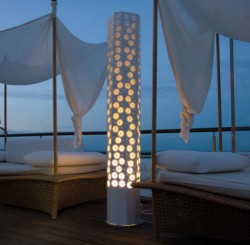
You have to know your priorities with it comes to floor lamp shades or interior design choices in general
People usually associate lamps with rich people that own big houses. Especially in light of today’s downward economy and the threat of a looming energy crisis, the use of lamps appear to be impractical in light of other more important objects and resources that should be given prior attention. Personally, I have nothing against floor lamps or the use of decorative lighting because they do add to the spectacle of any living space.
However, I also believe that there people should priorities their needs over their wants. Being smart is the way to go, and at the risk of appearing stingy, it would be much better to be happy and bountiful than to merely appear happy for the sake of appearance. This is a hard truth to publish, especially since lamps utilization and other forms of light fixture decoration is an integral part of interior design. As an interior designer, I want to earn so that I can have all the nice things I want, but I don’t relish the fact that some people spend so much on interior decoration but scrimp on some aspects of their daily life like food choice quality or family bonding. Bottom line: all I’m saying is that people should know their priorities.

